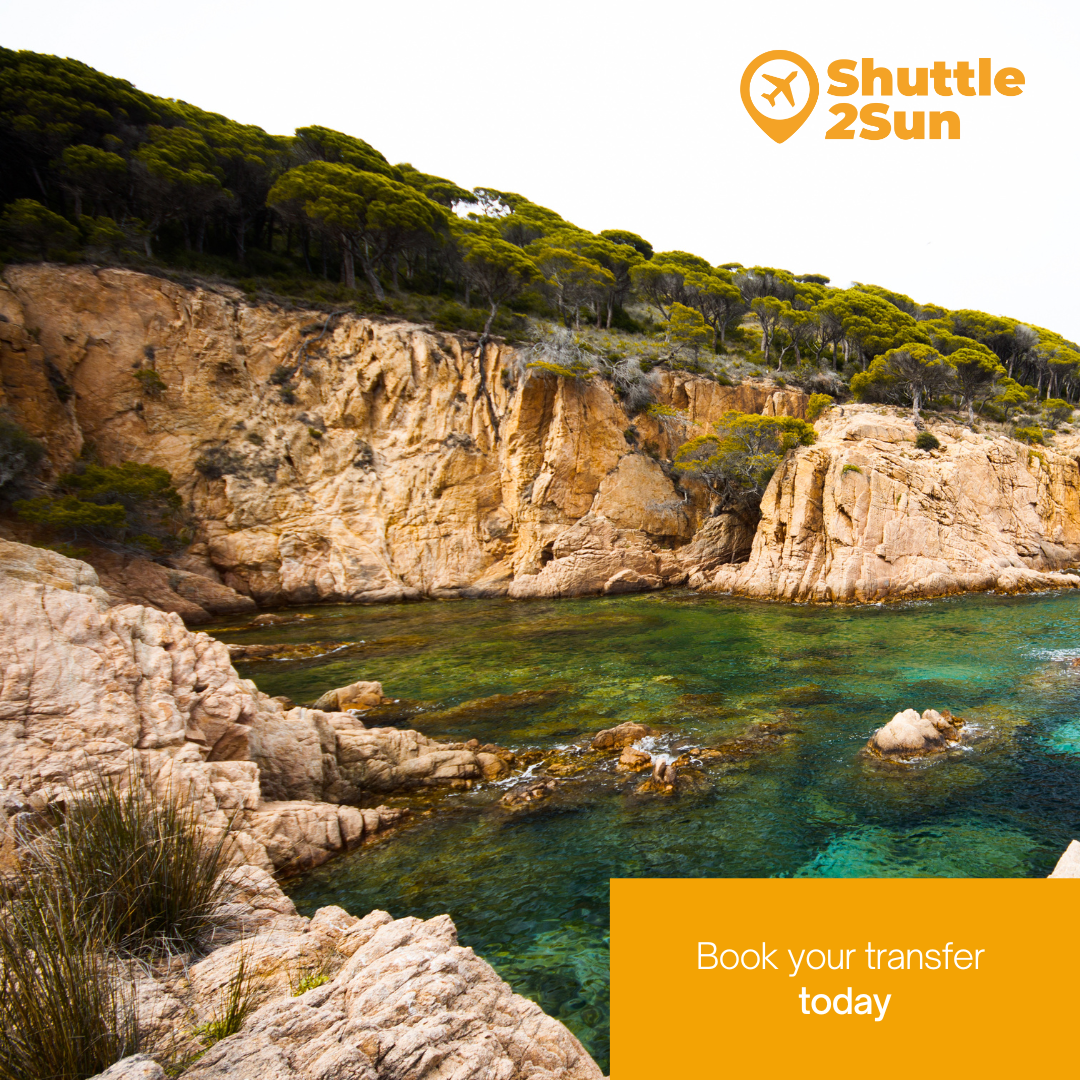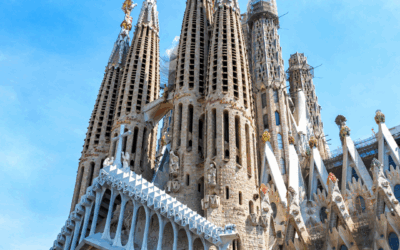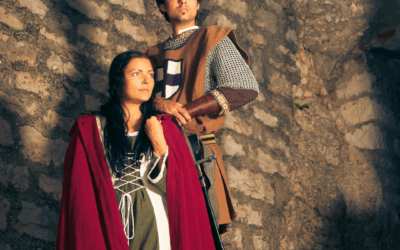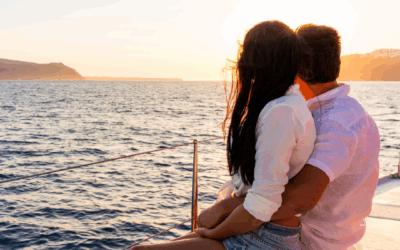Via ferratas are an unbeatable experience for those seeking to combine the adrenaline of sport with the beauty of nature. These routes allow adventurers to climb cliffs and mountains in safety, enjoying spectacular views and corners that would otherwise be inaccessible.
Ideal for those seeking strong emotions and a deep connection with nature, via ferratas are an invitation to explore and push one’s limits while enjoying the majesty of the natural environment. In this post we are going to share you the Via Ferrata Cala de Molí, located in Sant Feliu de Guíxols, on Costa Brava, very close to other tourist towns such as Tossa de Mar and Platja d’Aro.
So that you can comfortably reach these destinations, Shuttle2Sun offers shared transfer services and private transfer services from Barcelona airport, Barcelona port and Girona airport. They are also available from Reus airport and Camp de Tarragona AVE train station. Remember that you can book your transfer up to 24 hours in advance.
What do via ferratas consist of?
Via ferratas are vertical or horizontal routes equipped with elements such as steel cables, metal rungs, bridges and other facilities that allow adventurers to climb cliffs, mountains and other rock formations safely.
These routes provide a unique experience, combining the thrill of climbing with the safety of fixed elements, making them a popular choice for both experienced climbers and beginners looking for an exciting challenge.
Via ferratas are designed to be climbed using basic climbing equipment, including a harness, a lifeline, and safety carabiners. The level of difficulty is usually measured on the Hüsler scale, and can vary considerably, from easy and accessible routes for beginners to more technical and challenging routes that require more experience and physical strength.
Origin and evolution of these routes
The concept of these routes originated in the Alps during the First World War. They were used by Italian and Austro-Hungarian soldiers to move through the mountains on the border between Italy and Austria, allowing them to transport heavy equipment and supplies over difficult mountain terrain.
These early via ferratas were equipped with iron ladders and cables, like those used today.

After the war, via ferratas began to gain popularity among civilian climbers and hikers, who appreciated them as a safe and accessible way to enjoy the mountains. Over time, they became a popular recreational activity in Europe, especially in the Alps and Dolomites. In Spain, these routes have also experienced a notable growth in popularity in recent decades, with numerous options to be found throughout the country.
Remember that you can get to Sant Feliu de Guíxols, with Shuttle2Sun‘s shared transfer services and private transfer services, from Barcelona airport, Barcelona port and Girona airport. They are also available from Reus airport and Camp de Tarragona AVE train station.
Discover the Via Ferrata Cala del Molí, in Sant Feliu de Guíxols
The Via Ferrata Cala del Molí, in the coastal town of Sant Feliu de Guíxols, is one of the most spectacular routes in Spain. Located in the heart of Costa Brava, it is the only via ferrata in Europe that runs over the sea, making it a must-do activity for adventure lovers.

The Cala del Molí route stretches for 480 metres, with a maximum height of 28 metres above sea level, divided into two distinct sections.
The difficulty of the route is considered medium level, which makes it accessible to those with some experience in via ferratas, although it is also suitable for beginners looking for an exciting challenge. In total, there are 7 different bridges.
The first section is easier and allows you to familiarise yourself with the environment and the technique necessary to advance safely.
In this section, climbers encounter small bridges and horizontal steps that allow them to enjoy breathtaking views of the Mediterranean Sea.
The second part, however, presents a greater challenge. In 2021, this second section was reformed, achieving a higher difficulty, applying the Escalfer modality, which combines climbing with via ferrata.
The estimated time to complete the Via Ferrata Cala del Molí is between two to three hours, depending on the pace and experience of the group.
It is advisable to bring suitable equipment, including helmet, harness and energy dissipators, as well as water and sun protection, as the via ferrata is exposed to the sun for most of the route.
A unique experience on Costa Brava
The Cala del Molí Via Ferrata is not only a physical challenge, but also an opportunity to connect with nature in a unique way. Each step along the route offers new perspectives of the coastal landscape, and the constant proximity to the sea creates a sense of adventure that is hard to find elsewhere.
Along the route, climbers are immersed in an environment where rock, sea and sky combine to offer a truly unforgettable experience. This via ferrata is undoubtedly a jewel of Costa Brava and a perfect example of how adventure and nature can come together to create something extraordinary.
Dare to try this magnificent via ferrata hidden in the heart of Costa Brava. Get to Sant Feliu de Guíxols or to nearby towns such as Tossa de Mar and Platja d’Aro with Shuttle2Sun‘s shared transfer services and private transfer services from Barcelona airport, Barcelona port and Girona airport. They are also available from Reus airport and Camp de Tarragona AVE train station. Remember that you can book your transfer up to 24 hours in advance.



